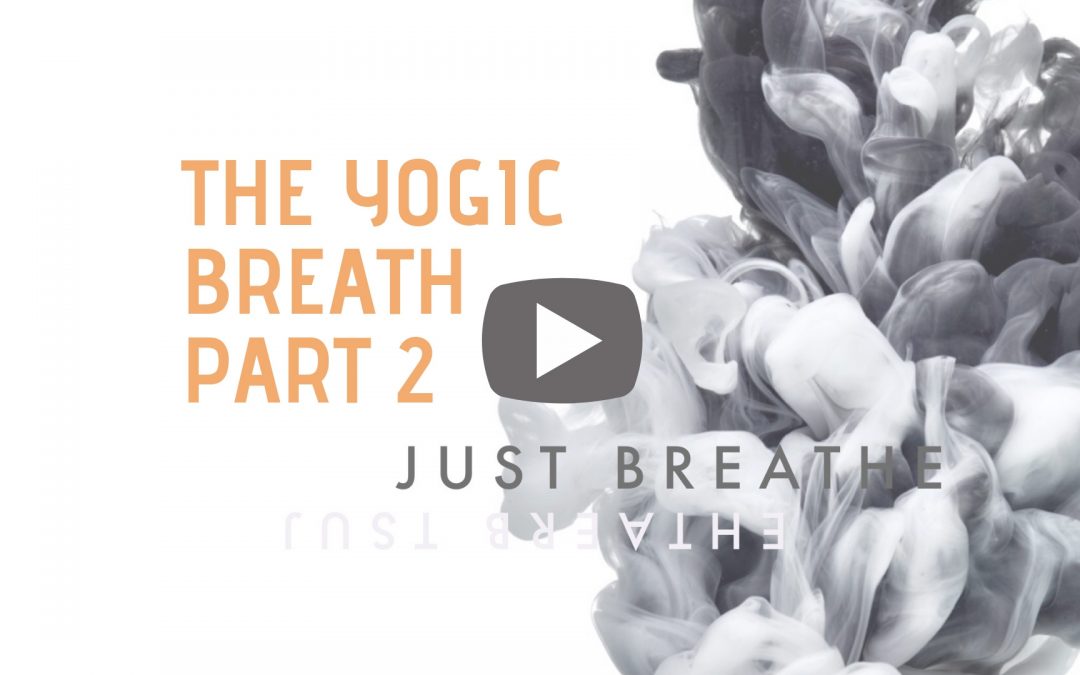Published by: Digital Schools
The Yogic Breath – Part 2
This breathing exercise is a fantastic tool for developing concentration and mental clarity.
Extending the length of your breath will extend the range of your life by slowing down your heart rate, increasing feel-good chemicals and reducing the symptoms of stress and anxiety.
It only takes a few minutes to feel the advantageous effects of this simple mindfulness meditation activity, and you can practice it anywhere at any time of day. Learning to breathe and meditate is a skill so it can take a little while to settle into the practice.
Learn the Yogic Breath- Part 1
Tips and Tricks
- After establishing a smooth and rhythmic diaphragm breath practice, begin to extend the length of your breath to a 3 part yogic breath. Once you can complete a 3 part breath, then graduate to the 6 part breath.
- Aim to keep the breath smooth and relaxed as you work your way up and down the spine.
- This breathing activity is performed sitting or standing in a straight position with the shoulders relaxed and the spine straight.
- Try this activity for at least 10 minutes for the best results.
Guest Contributor: Emily Rack
Business Name: Horatio’s Jar
Publisher: Digital Schools
Emily Rack is a yoga teacher, meditation instructor, freelance writer and visual content creator. She incorporates a unique creative flair into her yoga and meditation classes, courses and workshops. Emily hosts events and courses in schools and the wider community and passionate about teaching the art of mindfulness.
——-
PUBLISHER’S DISCLAIMER: The publisher of this blog post (Digital Schools PTY LTD) works in partnership with the school as a 3rd party provider to help build and maintain the school website. Digital Schools sources a range of experts who provide products and/or services to educational institutions and we work with them to produce and publish topical information in the form of blog posts that we think may be relevant, interesting or topical to families within the community. The views, opinions and content listed in this blog post are that of the guest contributor and/or publisher (Digital Schools). It should be noted that whilst the publisher and guest contributors are acting with the best intentions and in the best interests of the school and their community to provide helpful or interesting information, sometimes the content may not necessarily reflect the views of the school.
The information in this blog post is not meant to be used, nor should it be used, to diagnose or treat any medical condition. For diagnosis or treatment of any medical problem, consult your own physician. The school and the publisher of this blog post are not responsible for any person reading or following the information in this article who may experience adverse effects.
Any references to external websites or sources are provided for informational purposes only and do not constitute endorsement by the school or publisher in any way and the publisher and/or school cannot guarantee accuracy of information listed.
If you have feedback on any content on this platform, you can submit it to the publisher using the feedback link provided at the bottom of this page.


